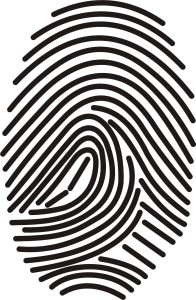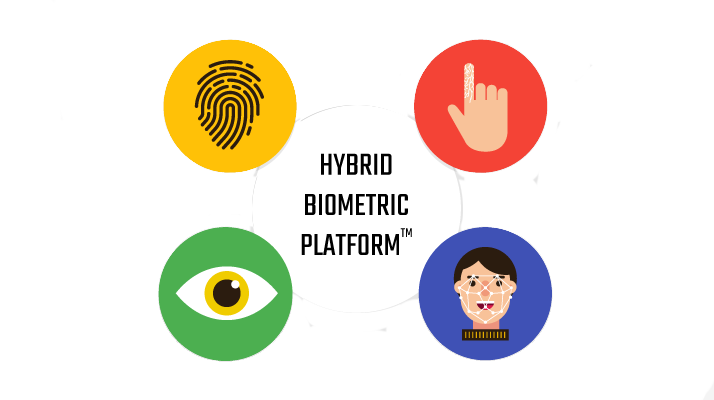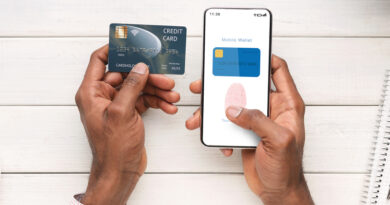Why Apple’s use of Fingerprint Biometrics is Boon to Industry, not the Modality

Unless you are living under a rock, you have no doubt heard about Apple’s recent addition of fingerprint biometrics as an added security feature to their new generation of iPhones. it’s exciting to see a company like Apple dive into the foray of using biometrics for security, largely because it further propels biometric technology into the mainstream, raises the awareness of the technology, and opens new doors for it’s applicability and use in many different markets.
What should be made clear is that Apple’s use of biometric technology isn’t a boon for the fingerprint biometrics industry – it’s a lift for the entire industry. That’s why we were a little bit surprised to see this article prognosticating about the future potential uses of fingerprint biometrics in common, everyday life. The article authors suggest that we could see fingerprint biometrics used in the following capacities in the near future:
1. Automobiles
2. Gun safety
3. Home entertainment systems
4. Access control for a home or office
5. ATM withdraws
6. Entry into nightclubs or bars
We agree with the idea that these are indeed places that could see the use of biometrics in the future, but what we don’t agree with is using fingerprints as a biometric modality in all these applications. Yes, fingerprint biometrics are in fact the most common modality in the industry but also have distinct limitations in their effectiveness due to problems with; skin integrity, climate, ethnicity, and hygiene. How long do you think a hotel for example would rely on fingerprints for room access when they discover that a certain percentage of their patronage is not able to use the technology due because of some of the problems listed above, or refusal to use the biometric device because of hygiene reasons?
What’s much more realistic is a combination of fingerprint biometrics with other modalities like palm vein, finger vein, iris, and voice for these deployment examples, not just fingerprint alone. Vascular biometric modalities like finger vein and palm vein present certain advantages over fingerprints like: no contact with a sensor, scanning beneath the surface of the skin to alleviate skin integrity problems, an increased difficulty to recreate someone’s biometric template because the sensor of the vascular scanner needs the hand and blood flow to register an image, etc. The use of biometrics for ATM authentication is already widespread in places like Europe and Asia, and the preferred modality is usually palm vein or finger vein because of the advantages that they present over fingerprint.
Understanding that fingerprint biometrics are an excellent modality but have limitations that are overcome by more modern biometric hardware is key to envisioning more widespread use of technology in everyday applications.












… is not the downside of BIOMETRIC enabled device security that it is discriminatory toward those with disability ? What use fingerprint authentication to a bilateral hand amputee ?
Thanks for the comment Malcolm. Biometrics can’t be considered discriminatory because of their multi-modal capabilities. Any employer or business who deploys biometrics for ID knowing that they serve a community that includes the disabled can easily make arrangements to provide a biometric modality that the disabled can use. For example, if a business deploys biometrics for employee time and attendance, they can use a multi-modal approach that includes several biometric modalities including fingerprinting for employees who have the ability to use that and iris biometrics for someone who, as you point out, may be a bilateral hand amputee. These systems are readily available and are actually being used today to accommodate disabled persons.
Pingback: Five Things We Are Thankful for in the Biometrics Industry This Holiday Season - M2SYS Blog On Biometric Technology